Sharing plants is an especially strong tradition in the South, whether you trade with your next door neighbor or attend an organized plant swap. These plants are our favorite to hand down from generation to generation.
Daffodil
The flower of the daffodil makes a striking statement in the earliest stretch of spring. The yellow and white glow of the blooms signals to all that winter is over and warm summer breezes are not far off. Plant this fabulous bulb during fall in your lawn or in containers, and reap rich rewards next spring.
Spider Lily
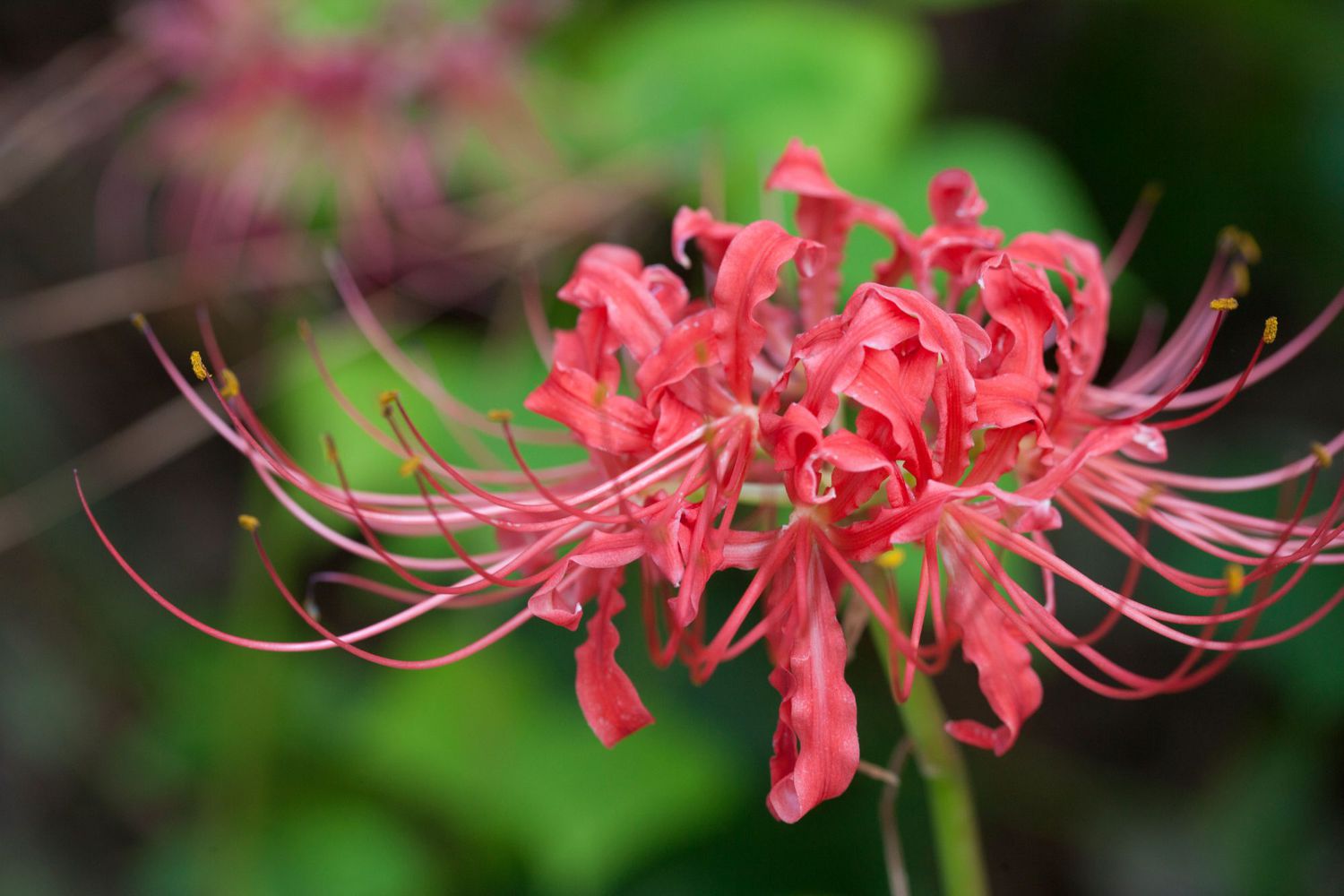
Like silent ninja of the bulb world, spider lilies never give themselves away. No leaf betrays their presence. Suddenly after an August or September rain, they appear–2-foot-tall stems crowned by whorls of crinkled flowers with spidery stamens that earn them their name.
Canna
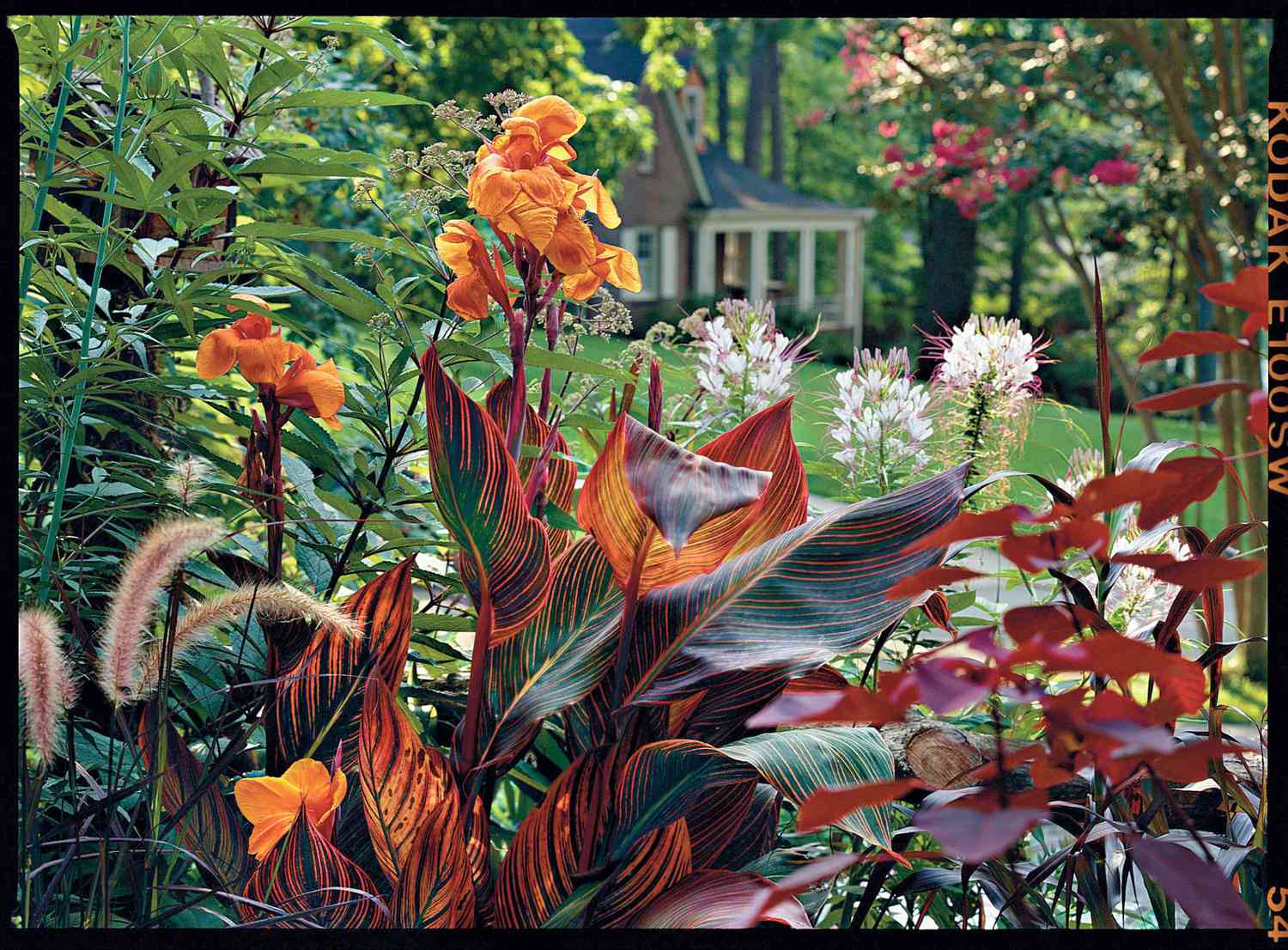
Native to the Southeast as well as South America, cannas aren’t shy. Wherever you plant them, they loudly introduce themselves through audacious blossoms and leaves. Red, orange, salmon, coral, pink, cream, or bicolored flowers bloom on 3- to 7-foot stalks in summer and fall. Huge, banana-like leaves stretch from 1 to 4 feet long. Typical leaves are green or bronze, but many new selections sport foliage so shockingly loud you might want to cover them at night to avoid disturbing your neighbors.
Daylily

The classic look for daylilies is planted en masse, either along a pathway or drifting through a border. Mass plantings are good for erosion-prone sites, such as hillsides or gullies, and stand up to the harshest conditions. Daylilies also look great scattered throughout a perennial border. Try grouping plants in clumps of three or five for a natural feel that fits in with the other perennials. The only rule to follow is keeping taller plants in the back and allowing enough room for each clump to thrive (place about 3 feet apart).
Crinum
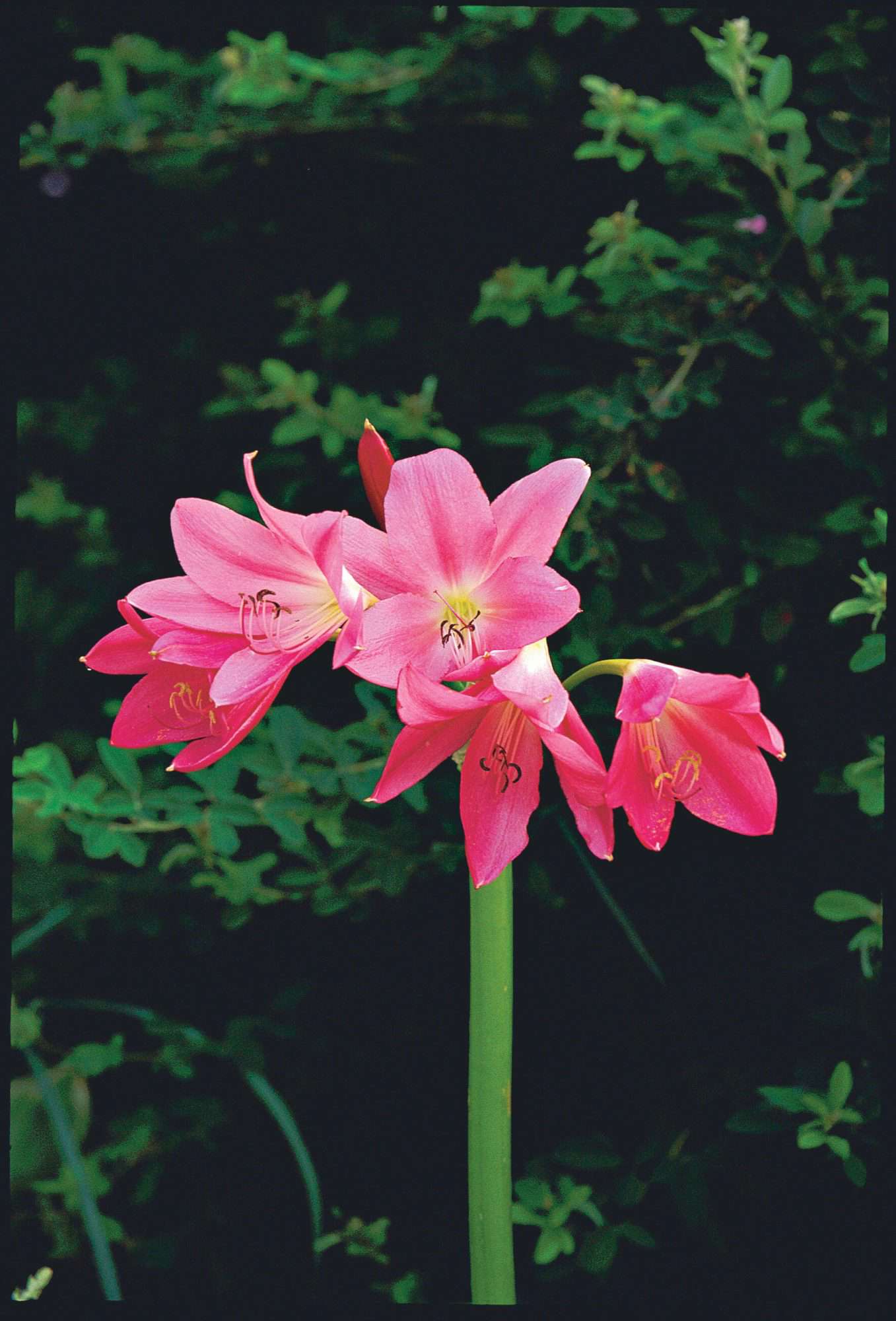
Tough as a mule, big as imagination, pretty as a summer dress, eternal as the sky. Those words describe crinum lilies—also called hot country lilies. Forever, it seems, Southerners have cultivated, swapped, and rhapsodized about these bulbs, according them nearly legendary status. Yet, today, few people know anything about them.
Iris

An iris begins as a rhizome, which looks like a short, thickened stem with attached roots. Don’t plant too deep. Only the roots should be covered, leaving the rhizome on top of the soil. Plant your rhizomes in the fall. Plant in groups of three to five, spacing the groups about 18 to 24 inches apart. For a big display, plant en masse. Great companion plants include Cheddar pinks and other low-growing perennials, such as thrift. Divide irises every three or four years to give them plenty of room to grow.
Camellias

The South is the heart of camellia country. Indeed, common camellia (Camellia japonica) is Alabama’s state flower. Although it seems these beautiful plants must have been born here, in truth they hail from eastern and southern Asia. More than 3,000 named kinds of camellias exist, in a remarkable range of colors, forms, and sizes; they are not browsed by deer.
- Camellia Planting Guide
Gardenias
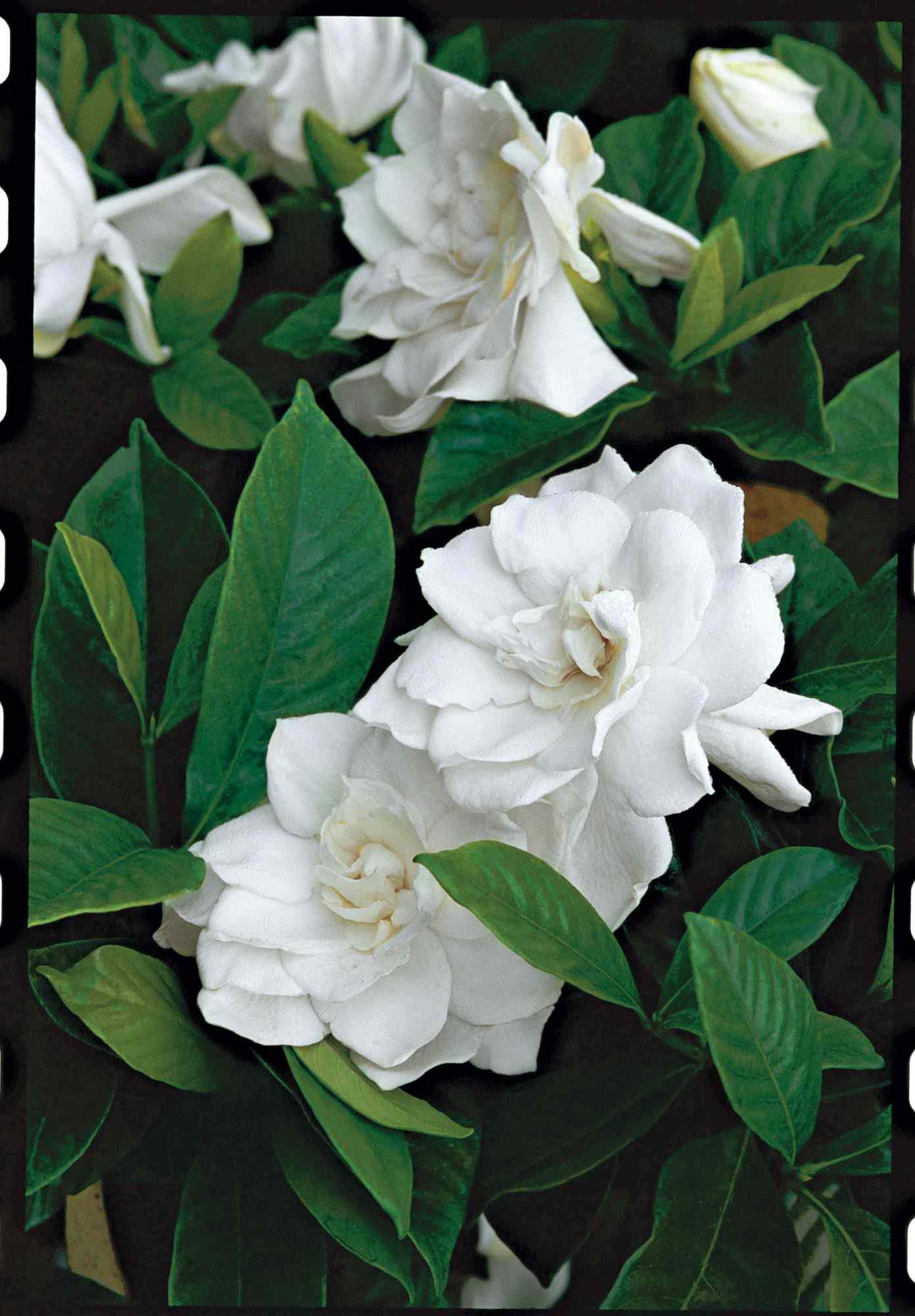
No plant expresses the grace of the South better than gardenia. Intensely fragrant white blossoms contrast beautifully with shiny, leathery dark green leaves. Double forms are classic corsage flowers. In borders, gardenias need good drainage and acid soil containing lots of organic matter. Plant them high (like azaleas and rhododendrons) and don’t let them be crowded by other plants or competing roots. Mulch plants instead of cultivating; feed every 3 to 4 weeks during the growing season with acid fertilizer, fish emulsion, or blood meal. Prune to remove straggly branches and faded flowers. Control whiteflies, aphids, and other sucking insects with light horticultural oil.
- Gardenia Planting Guide
Ginger Lily
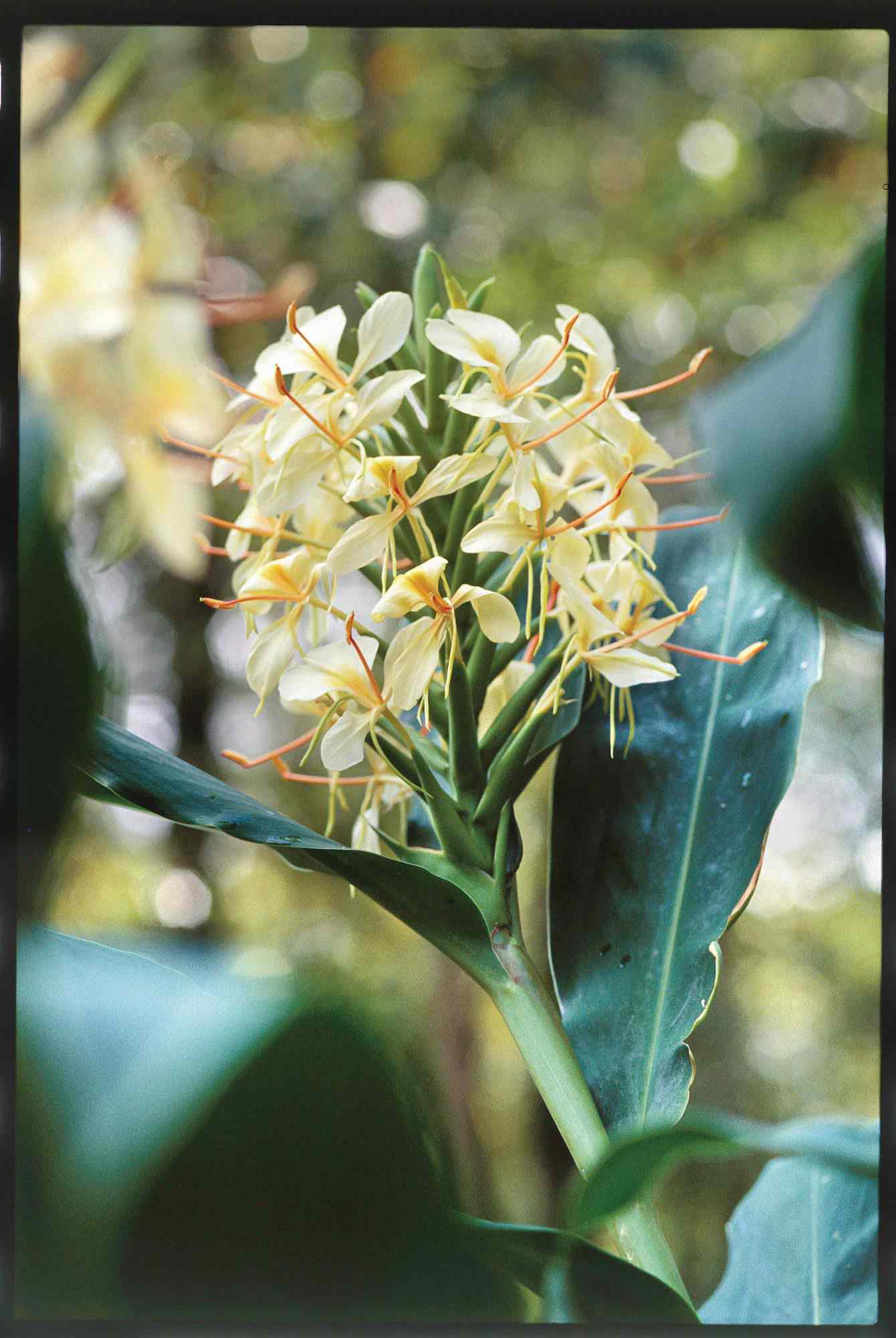
Think sensual tropical romance and you have ginger lily. It cuts well so place a flower where you will enjoy it up close. Blossoms continue to open as the bud matures even when cut. Ginger lily adapts to full sun or light shade. Plant tubers in soil rich with organic matter. Ginger lilies love water, making them good choices for a damp location.
Garden secret: Tuck them into the back corner of a garden for endless fragrance at summer’s end. Tall plants may require staking.